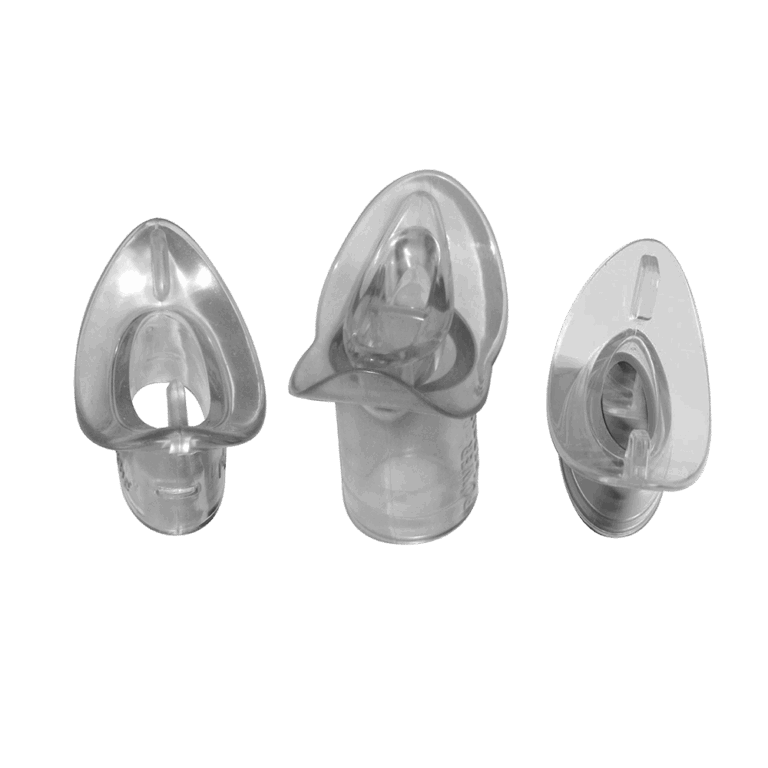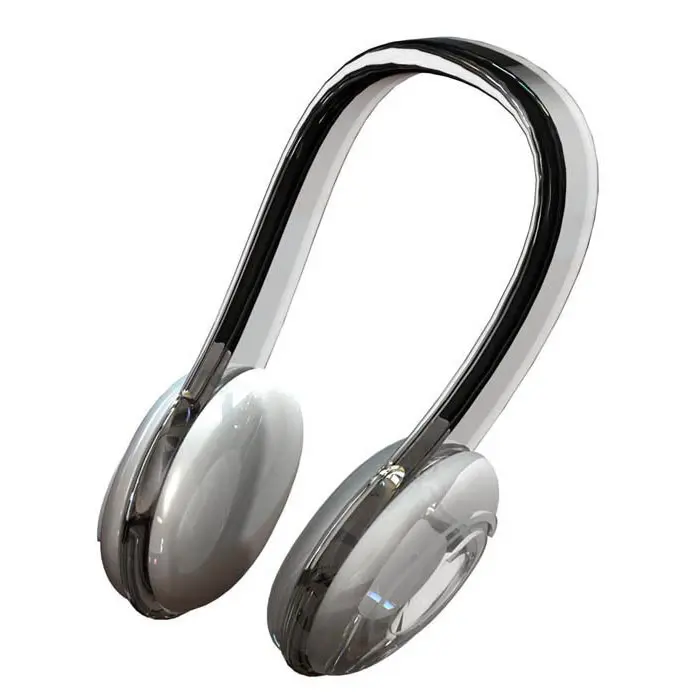POWERbreathe EMT
You can perform POWERbreathe Inspiratory Muscle Training (IMT) and POWERbreathe Expiratory Muscle Training (EMT) on the same day, but we recommend spacing the training sessions out rather than doing them one after the other.
POWERbreathe EX1 EMT devices are designed and manufactured in the UK and available in a series of 4 models, as opposed to one. Therefore we offer the widest range of training resistance loads on the market for an expiratory muscle training device.
Each model in the EX1 series offers ease of adjustment, as the clearly visible scale on the handle of the device indicates the training level set and therefore the expiratory load. There are 11 adjustable levels on each model, making it easy to tailor the training for everyone.
Also, the ergonomic design of the EX1 is based on the established and bestselling design of the POWERbreathe Plus IMT device. This includes a soft comfortable mouthpiece. The design also makes it easy to hold without obstructing the air output and therefore training effect, and is comfortable to use.
Most importantly, POWERbreathe EX1 EMT devices can be fully disassembled to ensure thorough cleaning, which is essential as they will be exposed to saliva.
The typical training protocol for expiratory muscle training is 5 x 5 x 5. This is five reps (exhalations), five sets per day (making 25 exhalations per day in total), five days per week.
Watch our video on how to perform the correct breathing technique with POWERbreathe EMT.
Yes, because your breathing muscles suffer the same ‘use-it-or-lose-it’ effect as your other muscles. So, if you stop your training for any length of time, your breathing muscles will begin to lose the strength and endurance that you have built up.
Expiratory muscle training with the POWERbreathe EX1 may feel uncomfortable but should not feel painful. You may experience a slight discomfort when training if you are recovering from a cold. This is caused by inadequate equalisation of pressure between the mouth and ears. If, however, you do find training painful, stop immediately and consult your doctor.
Yes, but it may exacerbate a cough. You must also ensure you clean the device thoroughly after each use. If you are suffering from a respiratory tract infection (which a cough may be a symptom of), we advise that you do not use your POWERbreathe EX1 EMT device until symptoms have disappeared. If in doubt, always consult your doctor.
The POWERbreathe EX1 is not suitable for children under 7 years of age as it contains small parts. Also, anyone who is under the age of 16 should only use the POWERbreathe EX1 EMT device with supervision from an adult.
Most likely because during inspiration you ‘actively’ use your inspiratory muscles to breathe in, primarily the diaphragm and external intercostals. Expiration is generally ‘passive’, because exhaling is brought about when your inspiratory muscles relax and air passively leaves your lungs.
However during heavy ‘exercise’ your expiratory muscles will play an active role in breathing. During forced expiration, when there’s a need to empty more air from the lungs than normal, the accessory muscles of your abdomen and the internal intercostals, contract, forcing the diaphragm upwards and pushing more air out.
Expiratory muscle training is not as widely studied as inspiratory muscle training, but the expiratory breathing muscles are likely to respond to the overload principle of resistance training, in the same way as inspiratory muscles and skeletal muscles.
No, because breathing against a load during exhalation makes it impossible to also work hard during inhalation, so your inspiratory muscles don’t get trained as effectively.
No. There is a strong argument for the use of expiratory and inspiratory muscle training to be performed independently of each other. This is because it is extremely difficult to train with maximal effort when both breathing phases are loaded at the same time.
During normal expiration, your lungs will start to deflate as your inspiratory muscles relax. However, during periods of active breathing, such as exercise or coughing, your expiratory muscles (internal intercostals, rectus abdominis, external and internal obliques, transversus abdominis) may contract to force air out of your lungs. Therefore, training your expiratory muscles will help to improve their strength and function.
During normal expiration, your lungs will start to deflate as your inspiratory muscles relax. However, during periods of active breathing, such as exercise or coughing, your expiratory muscles may contract to force air out of your lungs. Therefore, training your expiratory muscles will help to improve their strength and function.


